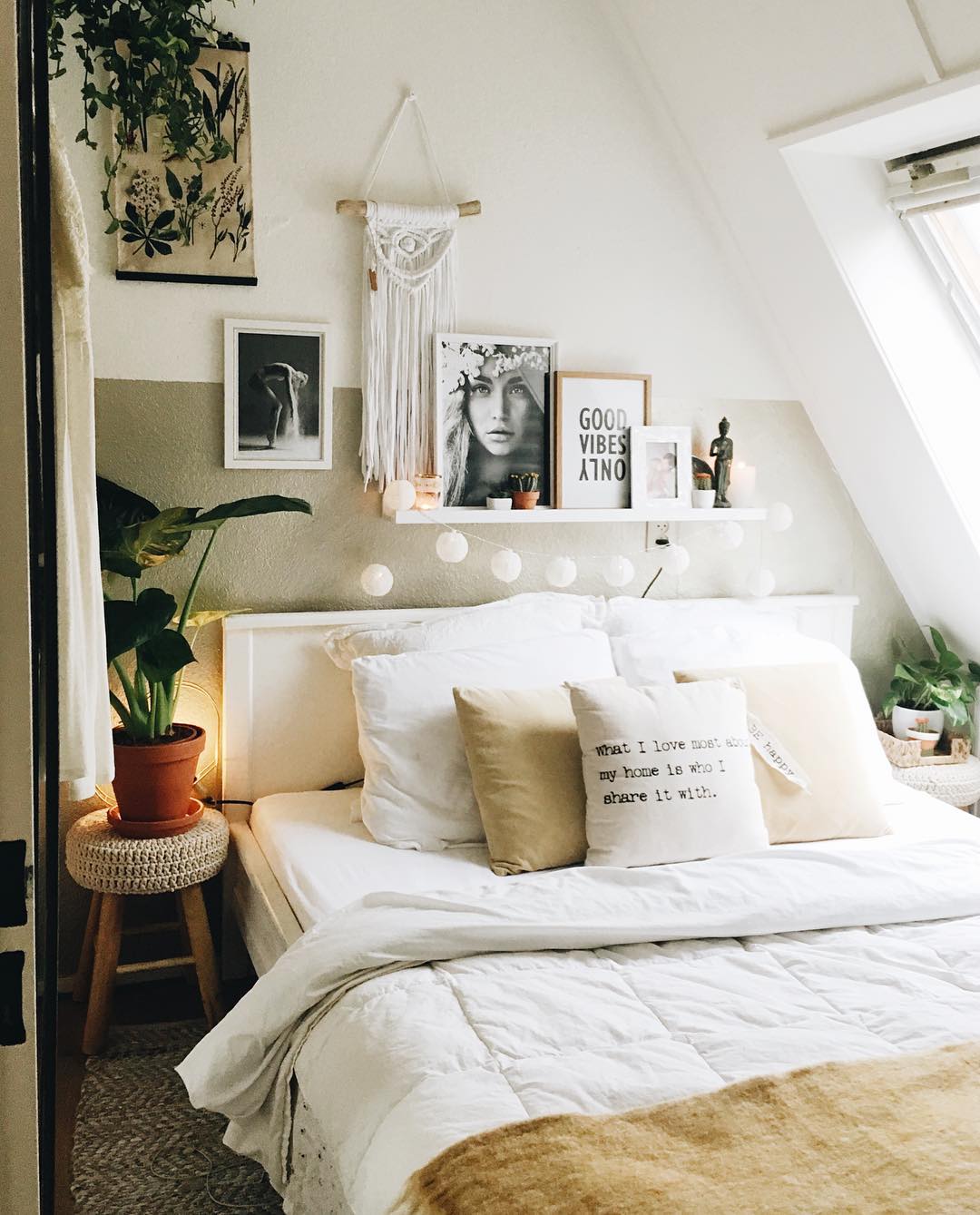A micro bedroom is a significantly compact sleeping area, common in urban apartments or minimalist homes. Effective design for such spaces prioritizes maximum utility and an enhanced sense of spaciousness within a constrained footprint.
Key Design Principles
Successful micro bedroom design relies on these core strategies:
- Maximized Functionality: Each item must serve a clear purpose, ideally multiple. Avoid single-use decorative items that occupy space.
- Vertical Space Utilization: Walls are crucial. Utilize height for storage and even sleeping arrangements to clear floor space.
- Multi-Purpose Furniture: Choose pieces that adapt to various needs, like a bed converting to a desk, or seating with integrated storage.
- Visual Expansion: Strategically use color, light, and mirrors to make the room feel larger.
Smart Furniture Choices
Selecting appropriate furniture is vital in a micro bedroom:

- Loft Beds & Murphy Beds: These dramatically increase usable floor area by elevating the bed or storing it vertically.
- Fold-Down or Wall-Mounted Desks: Offer a dedicated workspace without permanent floor usage.
- Slim-Profile Storage: Opt for tall, slender bookcases, floating shelves, and wall-mounted nightstands over traditional bulky furniture.
- Under-Bed Storage: Capitalize on this often-overlooked space with drawers, containers, or vacuum-sealed bags.
Effective Storage Strategies
Beyond furniture, intelligent storage solutions are paramount:
- High Wall Shelving: Install shelving near the ceiling for less frequently used items, keeping them accessible but out of the way.
- Door-Mounted Organizers: Use the back of the bedroom or closet door for shoes, accessories, or small essentials.
- Built-in Solutions: If renovating, consider recessed wall niches or custom built-ins for seamless storage.
- Regular Decluttering: Maintaining a micro bedroom requires a commitment to minimalism; routinely edit belongings.
Optimizing Light and Color
Visual elements greatly influence the perceived size of a micro bedroom:
- Light Color Palette: Employ whites, creams, light grays, and soft pastels for walls and large furnishings to reflect light and foster an airy atmosphere.
- Layered Lighting: Combine ambient (e.g., flush mount ceiling light), task (e.g., wall-mounted reading light), and potentially accent lighting. Prioritize wall sconces and pendant lights to save surface area.
- Strategic Mirror Placement: A well-placed large mirror, or several smaller ones, can visually expand the space and significantly improve light distribution.






